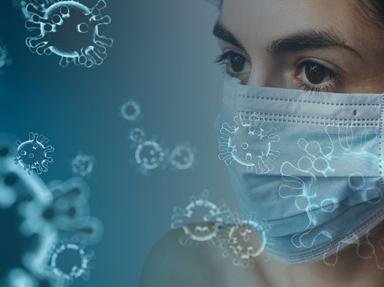Quiz Answer Key and Fun Facts
1. Are Individuals with untreated STIs more likely to contract HIV if exposed to it through sexual contact?
2. Which of the following STIs is known as a "silent" infection, meaning that any sexually active person could be infected and show absolutely no symptoms?
3. What STI is the leading cause of early infant pneumonia and conjunctivitis (pink eye) in newborns?
4. Syphilis is known as the "great imitator" STI because its symptoms can be misinterpreted as a wide variety of other infections and ailments, causing a person to be unaware that they are still infected. Which of these famous men did NOT die as a result of untreated syphilis?
5. Must ejaculation occur in order for gonorrhea to be transmitted from men to their partners?
6. Can pelvic inflammatory disease (PID) cause permanent damage to women and lead to infertility?
7. Which kind of hepatitis does NOT have a vaccine/immunization available?
8. Which of the following sexually transmitted infections and conditions CANNOT be spread simply through skin-to-skin contact?
9. Which of the following is an incurable viral STI?
10. Which of the following is NOT an effective means of preventing the transmission of STIs and HIV/AIDS?
Source: Author
KatieK54
This quiz was reviewed by FunTrivia editor
crisw before going online.
Any errors found in FunTrivia content are routinely corrected through our feedback system.


